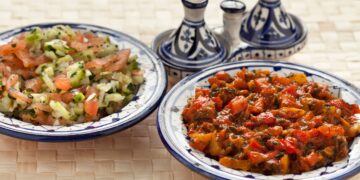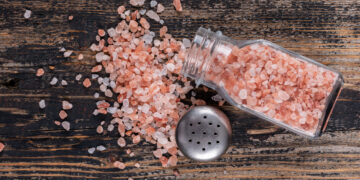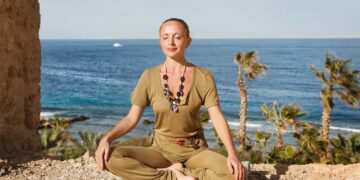Botoga, Morocco’s unique fitness tradition, blends ancient physical practices with contemporary wellness trends. This cultural phenomenon isn’t just about exercise—it’s a living heritage that connects generations while addressing modern health challenges like obesity and diabetes. As Morocco’s fitness industry grows at 27,1% annually, Botoga stands out as a bridge between the country’s rich past and its dynamic future.
1. The Historical Roots of Botoga
Botoga traces its origins to Morocco’s traditional folk games and warrior training methods. Historically, activities like horsemanship and strength competitions were essential for:
Tribal unity: Preparing young men for communal defense
Character building: Instilling discipline and resilience
Cultural preservation: Maintaining Amazigh and Arab physical traditions under colonial rule
Today, these elements survive in Botoga’s emphasis on functional strength and group camaraderie.
2. Key Elements of Authentic Botoga Practice
Modern Botoga incorporates three pillars of Moroccan heritage:
A. Natural Movement Patterns
Mimics traditional tasks (water carrying, farming)
Uses bodyweight exercises inspired by ancestral labor
B. Community Rituals
Group sessions often begin with tea ceremonies
Music from guembri or bendir drums sets rhythmic pacing
C. Holistic Health Approach
Integrates herbal remedies (e.g., saffron for recovery)
Aligns workout cycles with Islamic prayer times
3. Botoga versus Global Fitness Trends
While boutique gyms offer Zumba and yoga, Botoga provides distinct advantages:
| Aspect | Western Gyms | Botoga |
|---|---|---|
| Social Structure | Individual focus | Community-centered |
| Cultural Connection | Generic routines | Heritage-based movements |
| Accessibility | Premium pricing | Low-cost public sessions |
This contrast explains why 68% of Moroccan gym-goers prefer culturally adapted programs.
Hiking Trails in the Middle Atlas Mountains
The Middle Atlas Mountains are often overshadowed by the High Atlas or the Rif, yet they hold some of Morocco’s...
From Passion to Profession: Turning Creative Skills into Income
In Morocco, more young people are transforming their creative talents into careers. Whether it’s photography, calligraphy, fashion design, or digital...
Young Moroccans Abroad: Balancing Wanderlust and Roots
For many young Moroccans, the dream of exploring the world is irresistible. Whether through study, work, or travel, living abroad...
Networking for Millennials: How to Build Real Connections in Casablanca and Rabat
In Morocco’s fast-paced urban centers, especially Casablanca and Rabat, networking is essential for millennials seeking growth and opportunities. No longer...
4. Health Benefits Validated by Science
Recent studies highlight Botoga’s impact:
Metabolic health: Reduces diabetes risk through dynamic squats and carries
Mental wellness: Group synchronization lowers stress hormones
Longevity: Promotes mobility in 40+ men through joint-friendly motions
Urban centers like Casablanca now host “Botoga hubs” with heart rate monitors alongside traditional clay weights.
5. Preserving Botoga for Future Generations
Initiatives safeguarding this heritage include:
UNESCO nominations: Documenting Botoga as intangible cultural heritage
School programs: Teaching modified versions to children
Digital adaptation: Apps like “Botoga Pro” blend ancestral techniques with AI trainers
As Moroccan influencer Mina Abouzahra notes: “Our bodies remember these movements—they’re coded in our DNA”.
Conclusion: Join the Movement
Botoga isn’t just exercise—it’s reclaiming your heritage while building a stronger, healthier future. Join a movement that honors Moroccan tradition while transforming how men age with strength and community pride.
















Discussion about this post